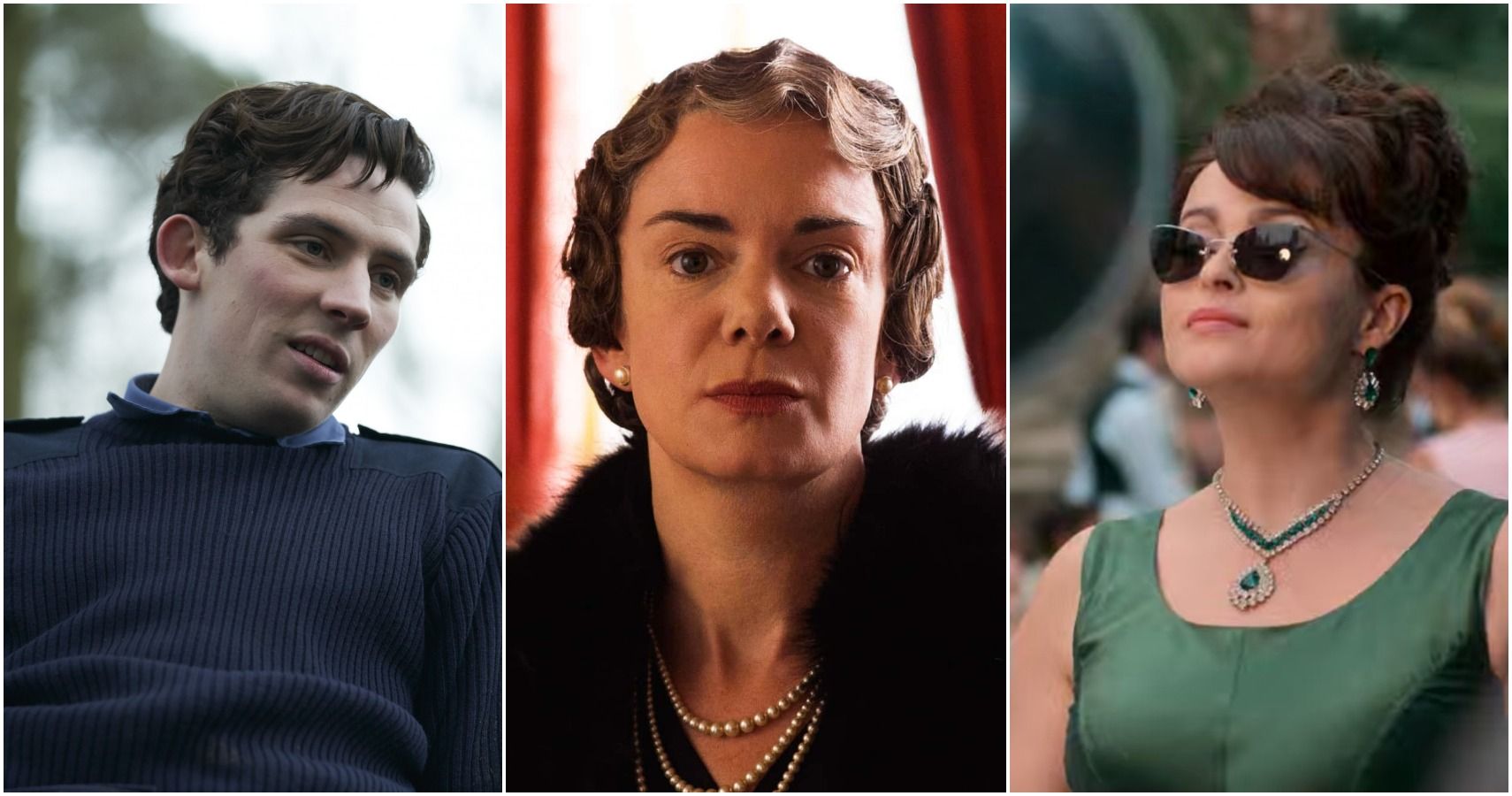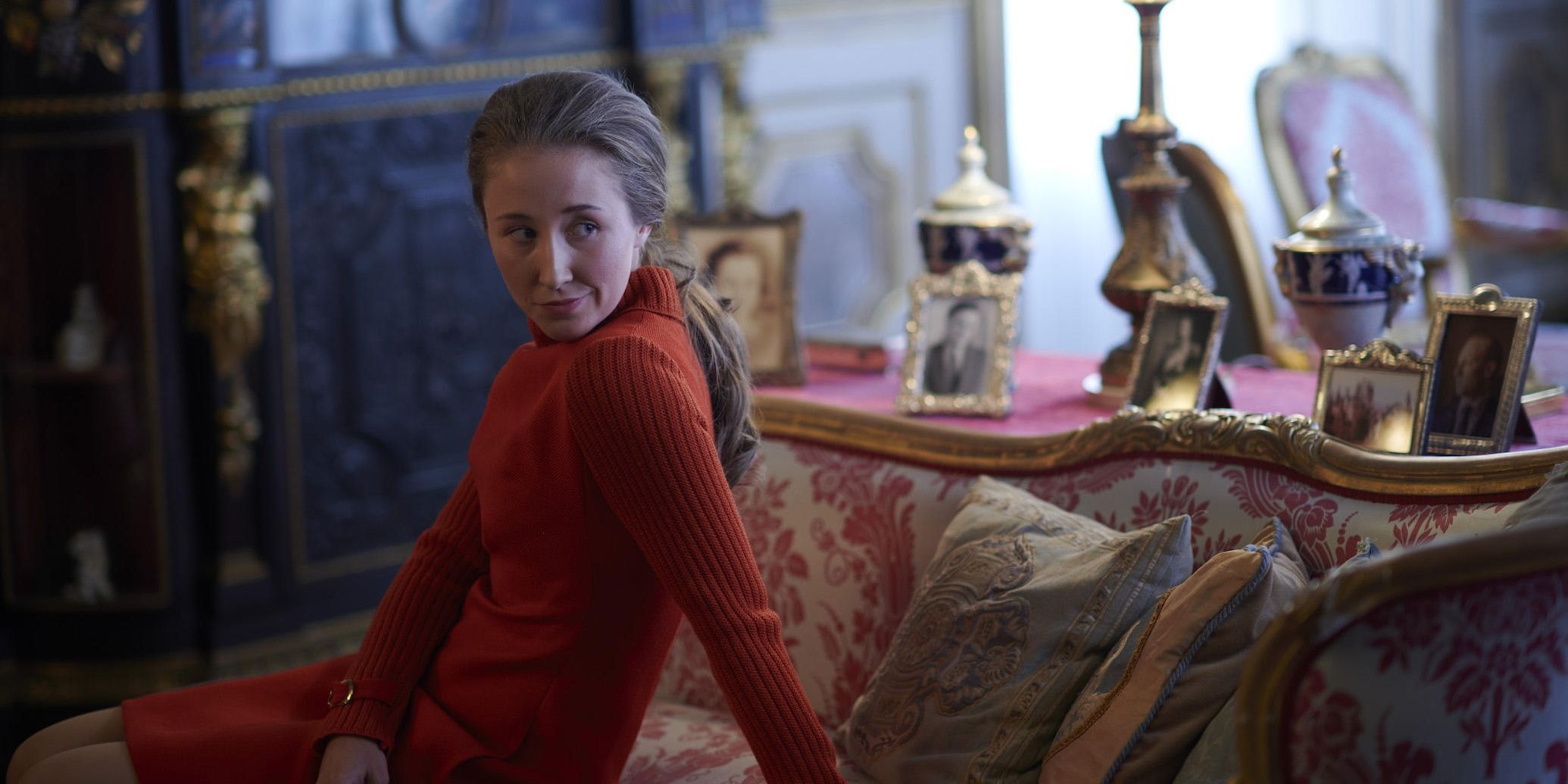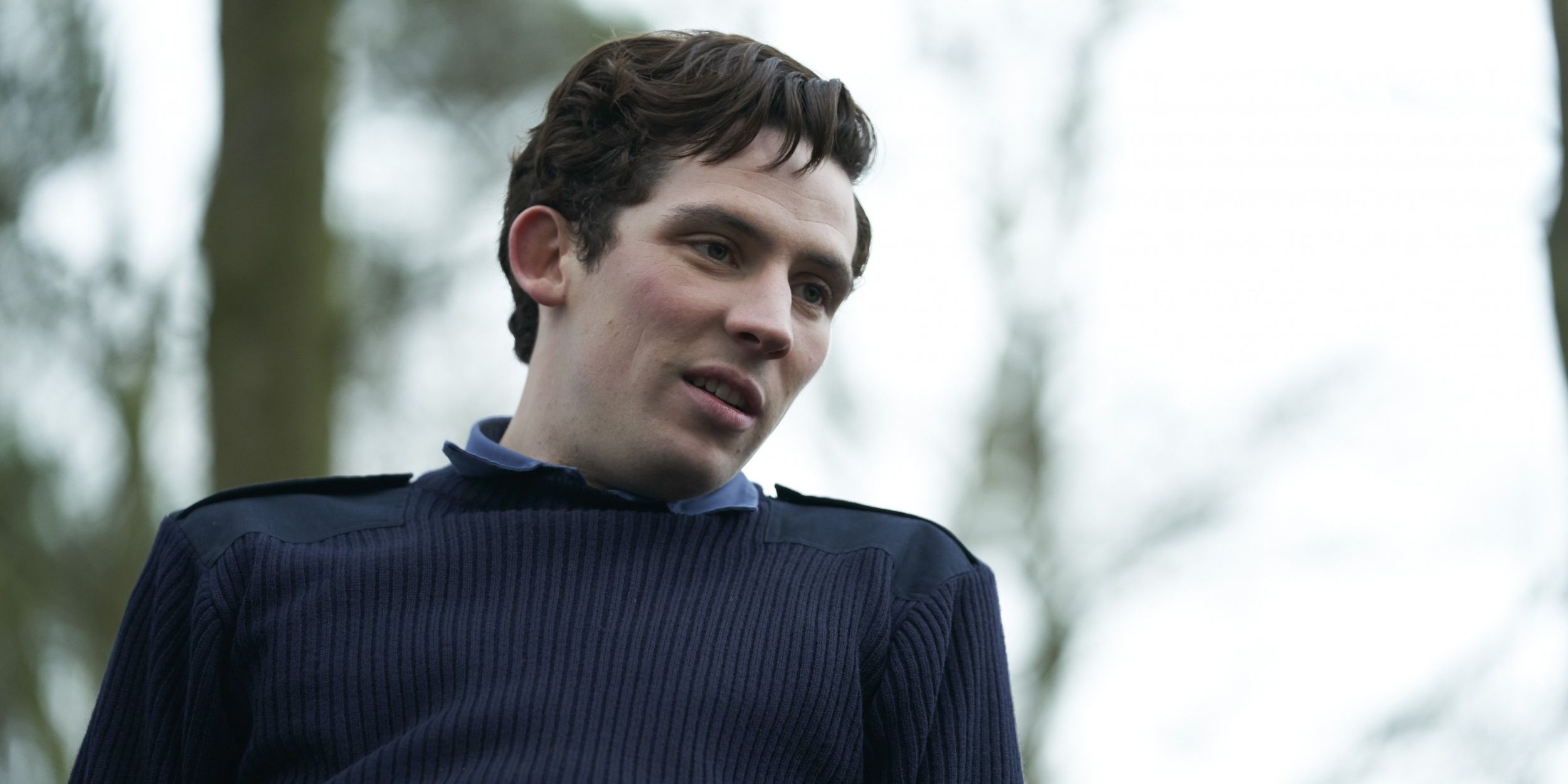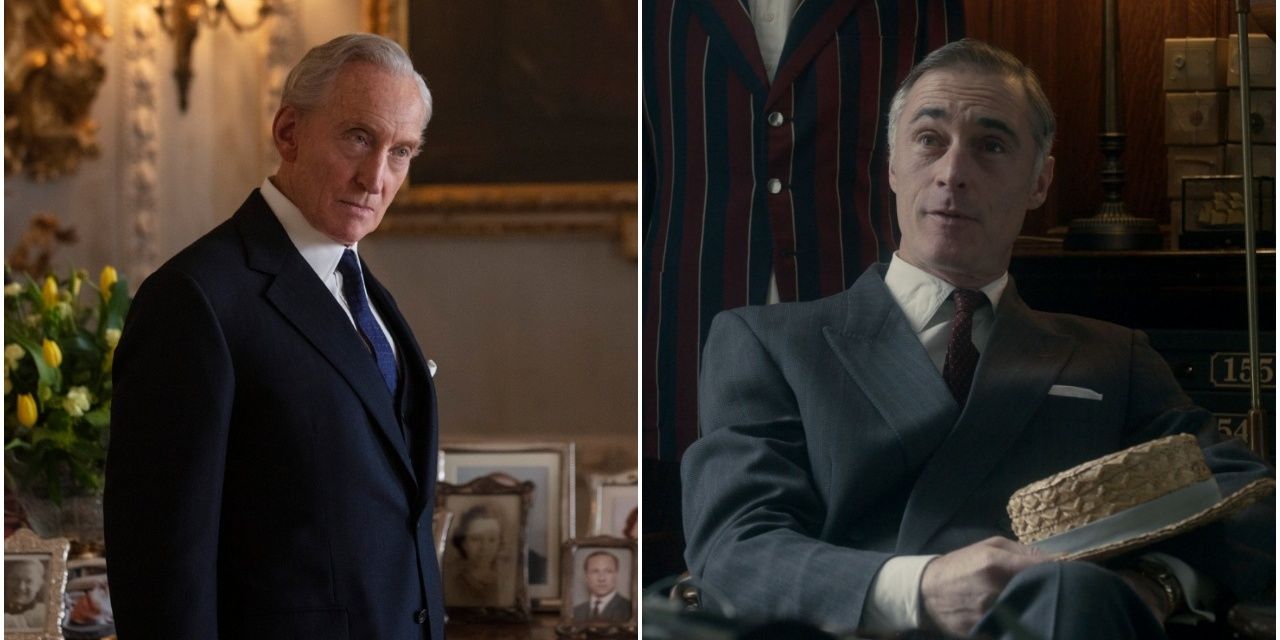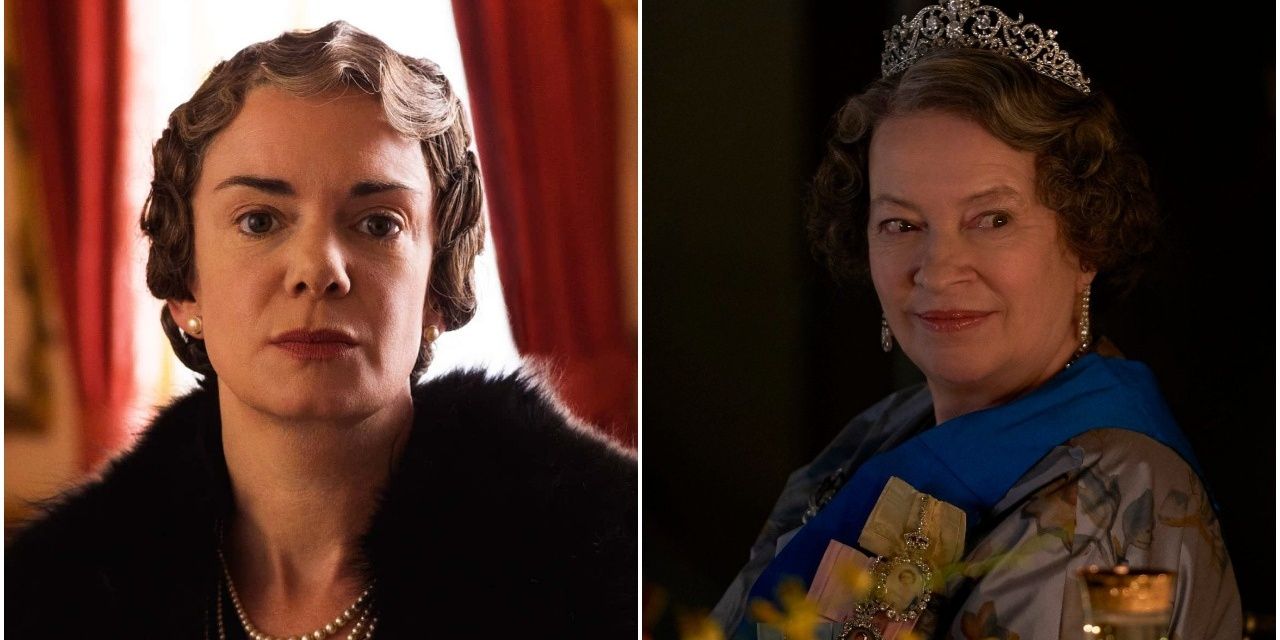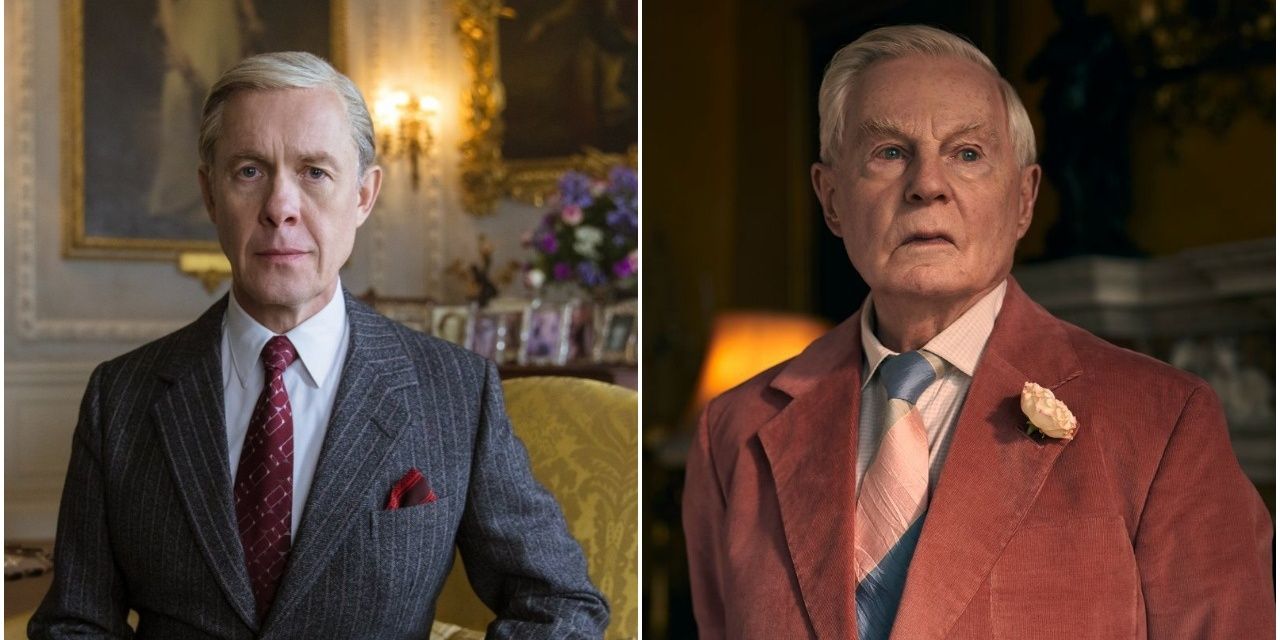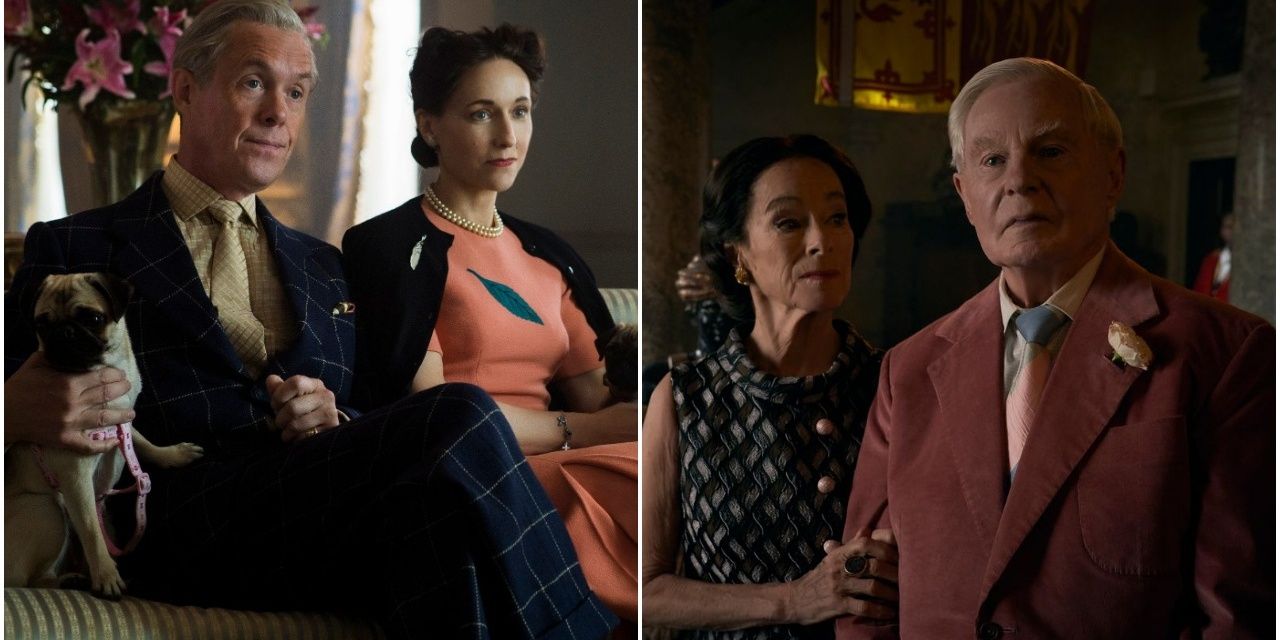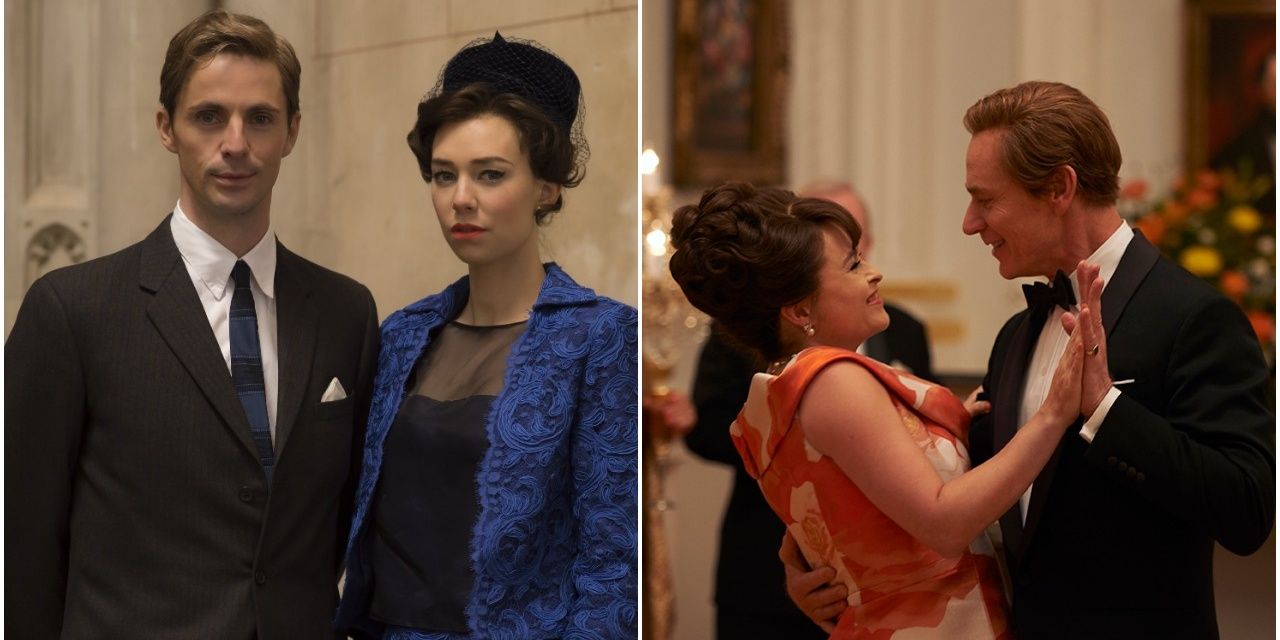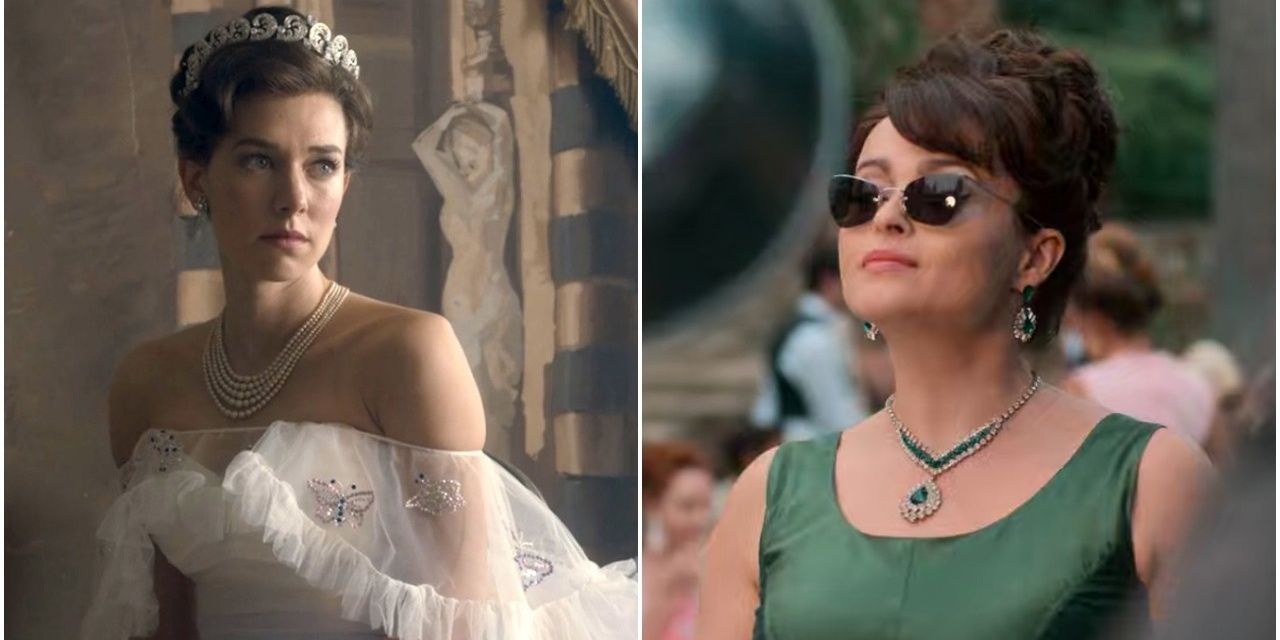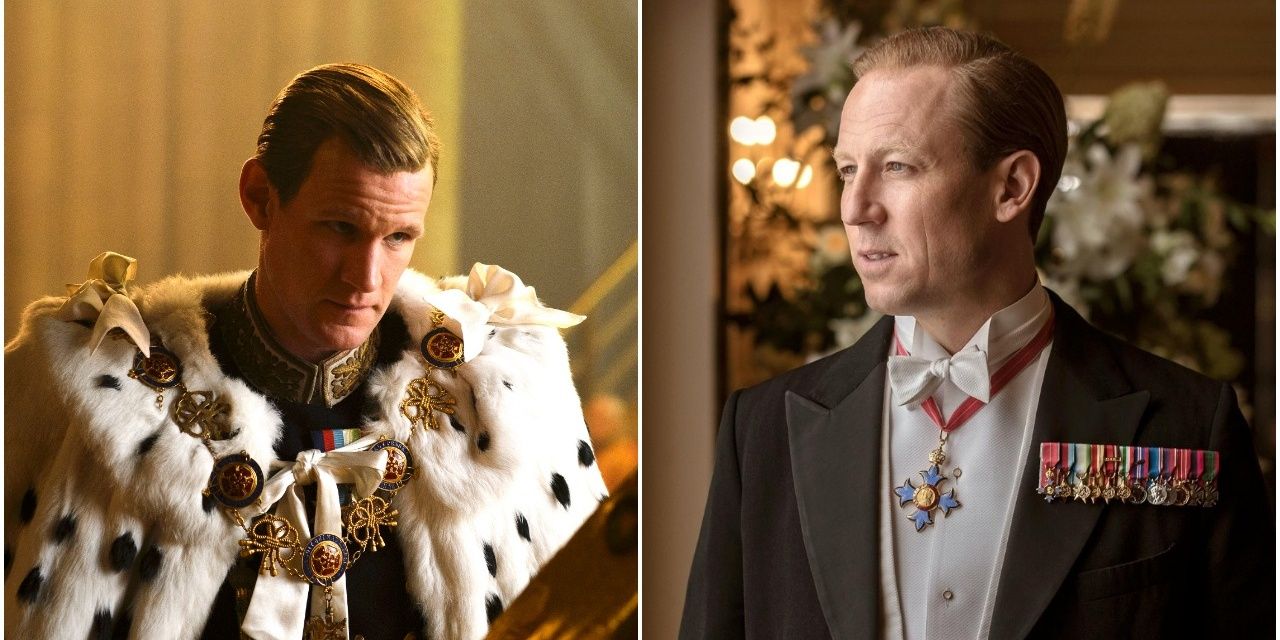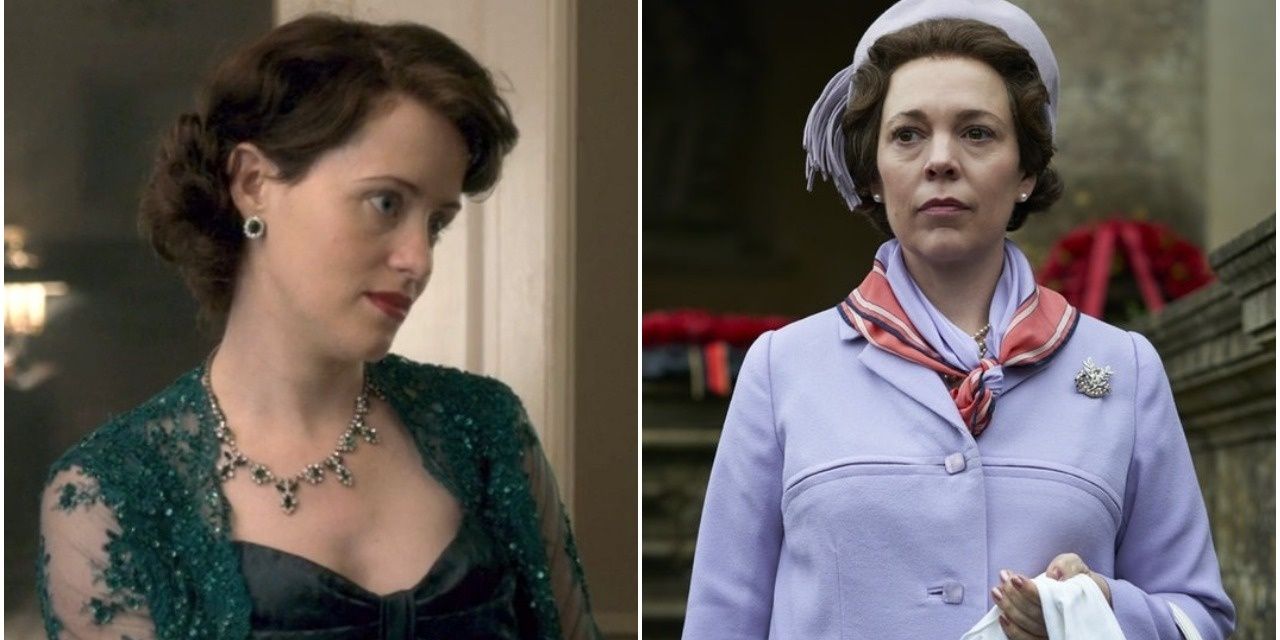Netflix's royal period piece The Crown has skyrocketed to the top of many favorites lists during its three seasons on the air. Fresh off a successful awards season that saw Olivia Colman — the second actress to portray Queen Elizabeth II — win Best Actress at the Golden Globes, there's no doubt that it will continue its dominance in Season 4.
One reason the show is so compelling is the characters and the talented actors who portray them. Though the characters are based on the real royal family, the show uses its dramatic license to give them shades of personality viewers wouldn't see otherwise. Without further ado, here are the main characters of The Crown and how they've developed so far, according to the D&D alignment system.
Princess Anne: True Neutral
True neutral characters do not commit to good, evil, law, or chaos. They generally act in their self-interest or the interests of those to whom they are most loyal.
Anne's place in the monarchy leaves her mostly in the background, with fewer responsibilities than her older brother. She shows up for royal functions and doesn't create any scandals that would embarrass her family, but she also isn't above having a little fun at the expense of others, like Camilla Shand and Andrew Parker-Bowles. She has no desire for the crown and is just trying to live her life away from the spotlight.
Prince Charles: Chaotic Good
The heir apparent to the throne is very different from his mother. While Elizabeth has learned to hide her true self in becoming a queen, Charles appears to be taking the opposite approach. He goes off-script during a speech to advocate for Welsh independence against his mother's wishes, for instance. He is also undeterred by Camilla Shand's commoner status and wants to date her anyway.
Though Charles is rebellious, it's all in the name of a good cause. He has a creative bent and believes others should have the freedom to live their lives as they wish...just like his uncle, Prince Edward, who abdicated the throne a generation earlier.
Lord Mountbatten: Lawful Evil
Lawful evil characters impose rules on others without regard for their wishes. They believe that order is the best way to realize their evil intentions.
As a Navy officer and statesman, Lord Mountbatten has spent most of his life maintaining discipline and order. When he is forced to retire from the military due to his age, he leads a coup to overthrow the government, hoping to install himself as prime minister and restore Britain to its former imperial glory.
The Queen Mother: Lawful Evil
Surely the Queen Mother couldn't be evil. She spends most of Elizabeth's early reign mourning for her late husband. She also has to adjust to her new life as mother of the queen instead of the queen. It's hard to feel anything but sympathy for someone who has lost so much.
However, the Queen Mother also has a darker side. After serving as queen consort for so many years, she is not about to give up her power completely, working behind the scenes to ensure the younger generations make acceptable matches. It was she who persuaded Elizabeth not to let Margaret and Peter Townsend marry, and she doesn't hesitate to conspire with Lord Mountbatten to break up Charles and Camilla.
Prince Edward: Chaotic Evil
A chaotic evil character has little regard for the rules or life. They care for nothing but their own selfish and cruel desires.
In 1936, Edward abdicated the throne to marry Wallis Simpson, an American socialite in the middle of her second divorce. As the Church of England didn't allow divorce, the establishment believed he couldn't marry Wallis and remain on the throne. A chaotic evil alignment may sound harsh for this dispossessed prince, but Edward's thirst for power drove him to commit treason during World War II, a crime not even Elizabeth could forgive.
Wallis Simpson: Neutral Evil
Characters with a neutral evil alignment look out for themselves. They'll do anything to get ahead, no matter who their behavior hurts.
Wallis makes only a handful of appearances in The Crown, but she has a disproportionate effect on the story. It was her involvement with Prince Edward that sparked the abdication crisis of 1936, making Elizabeth heir presumptive. The abdication continues to hang over the royal family decades later, with the survival of the monarchy paramount in Elizabeth's decision making.
Tony Armstrong-Jones: Chaotic Neutral
Chaotic neutral characters are individualists who are concerned first and foremost with their freedom. They shirk rules and traditions in favor of following their heart, which certainly describes Tony Armstrong-Jones, celebrity photographer and Princess Margaret's husband.
Tony is an unconventional choice for Margaret, and he couldn't be more different from her first love. Whereas Peter Townsend was traditional, steadfast, and loyal, Tony casts aside all expectations. His unpredictability and openness to new experiences are what draw Margaret to him, and also what causes their marriage to crumble eventually.
Princess Margaret: Chaotic Neutral
Margaret is another chaotic neutral character, who takes a more liberal approach to royal protocol than her sister. This is partly because of her dominant personality and her distaste for living in the shadow of the queen. When she makes the opening remarks at a dinner party in Elizabeth's stead, she goes off-script to make risque jokes that dazzle the audience but leave Elizabeth and her advisors cold.
Margaret gets involved in three scandalous romances and insists on having her way each time despite Elizabeth's warnings. The public tends to take Margaret's side, but palace insiders see her as irresponsible and a threat to the crown.
Prince Philip: Lawful Neutral
At first glance, Philip might seem chaotic, with his sense of adventure and yearning to be free from palace constraints. Yet he is also descended from royalty, and his ranking within the monarchy is of great importance to him, placing him on the orderly side of the axis.
Lawful neutral characters act as law, tradition, or a personal code directs them. For Philip, his naval background, pride in his rank and title, and allegiance to his wife and queen govern most of his behavior. As far as morality goes, he allows his wife to guide him, just as he supports Elizabeth in her endeavors as queen.
Queen Elizabeth II: Lawful Good
And now for the queen herself! Characters with a lawful good alignment behave altruistically and in accordance with rules and traditions. This describes Elizabeth to a tee. She doesn't enjoy the pageantry of queendom, and her responsibilities as head of state often interfere with her personal relationships. Still, she soldiers on with her constitutional duty to ensure her country's stability, even if she prefers a quieter life in the countryside with her dogs and horses. Despite the personal sacrifices, the crown is worth it in the end.

